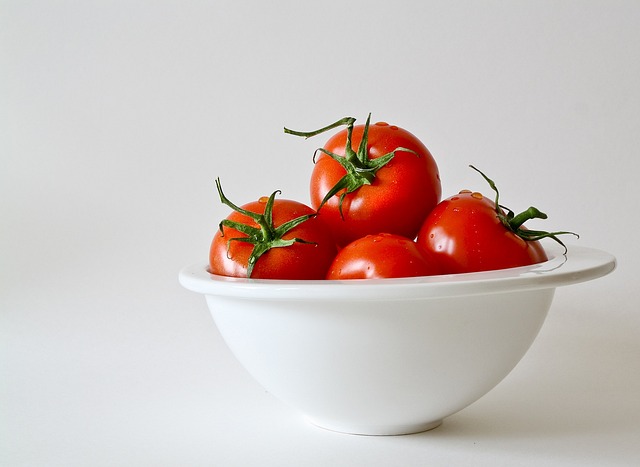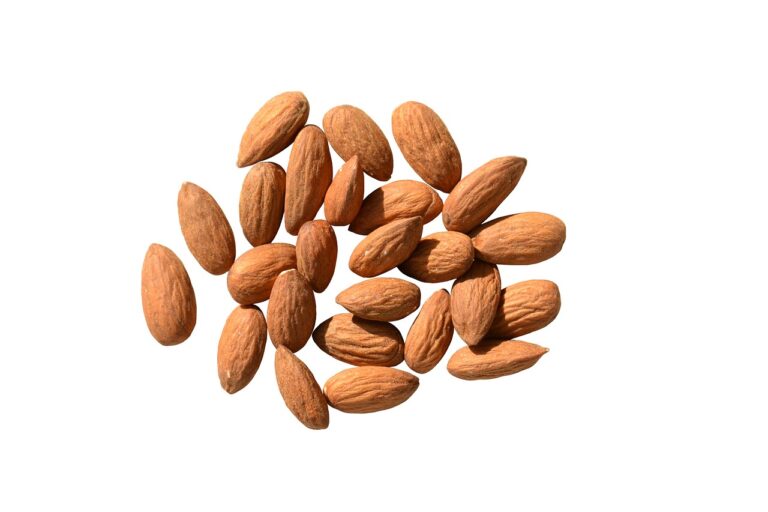The Science of Baking: Understanding the Chemical Reactions
When it comes to baking, each ingredient plays a crucial role in determining the final outcome of a recipe. Flour, for example, provides structure and stability to baked goods due to its gluten content. The type of flour used can also impact the texture and flavor of the finished product. Sugar not only adds sweetness, but it also contributes to the tenderness and browning of baked goods.
Butter, another essential ingredient in baking, helps tenderize and add richness to the final product. Its ability to hold air when creamed with sugar is crucial for creating light and airy baked goods. Eggs serve as both a binding agent and a leavening agent in baking, providing structure and helping to trap air bubbles for a lighter texture. The role of each ingredient is important to consider, as they all work together to create delicious and well-balanced baked goods.
The Importance of Temperature in Baking
Understanding the role of temperature in baking is crucial for achieving successful outcomes in the kitchen. The temperature at which ingredients are incorporated can significantly impact the final texture and taste of baked goods. For instance, using butter that is too cold or too warm can alter the consistency of the dough, leading to tough or overly spread-out cookies. Similarly, the temperature of the oven during baking can affect the rise, browning, and overall structure of the final product. It is essential to follow recipe instructions carefully and monitor temperatures closely to avoid any discrepancies that could result in baking mishaps.
Moreover, temperature plays a key role in the fermentation process of yeast-based baked goods. Yeast is a living organism that thrives in specific temperature ranges, typically between 75-85°F (24-29°C). If the environment is too cool, the yeast may be sluggish, leading to minimal rise in the bread or pastry. Conversely, if the temperature is too warm, the yeast can become too active, resulting in over-proofed and collapsed baked goods. Maintaining precise temperature control is essential for ensuring that yeast-leavened products achieve the desired volume, texture, and flavor profile.
The Function of Leavening Agents in Baking
Leavening agents play a crucial role in baking by helping the dough or batter rise, resulting in light and airy baked goods. Yeast is a common leavening agent that produces carbon dioxide gas through fermentation, causing the dough to expand. Baking powder and baking soda are chemical leavening agents that react with acidic or liquid ingredients to release carbon dioxide, leading to the expansion of the mixture.
By incorporating leavening agents into recipes, bakers can achieve the desired texture and volume in their baked goods. The choice of leavening agent can impact the final product, with some providing a quick rise for pastries like muffins and others offering a slower rise for bread. Understanding the function of leavening agents is essential for achieving consistent results in baking, as it directly influences the overall quality and structure of the finished product.
What are leavening agents and why are they important in baking?
Leavening agents are ingredients that help baked goods to rise and become light and airy. They are important in baking because they create the desired texture and volume in the finished product.
What are some common leavening agents used in baking?
Common leavening agents used in baking include baking powder, baking soda, yeast, and whipped egg whites.
How do leavening agents work in baking?
Leavening agents work by releasing gases (such as carbon dioxide) when combined with moisture and heat. These gases create bubbles in the batter or dough, causing it to rise and expand.
Can I substitute one leavening agent for another in a recipe?
It is not recommended to substitute one leavening agent for another without making adjustments to the recipe. Each leavening agent has different properties and reacts differently in baking.
How can I ensure that my baked goods rise properly when using leavening agents?
To ensure that your baked goods rise properly, make sure to use fresh leavening agents within their expiration date, follow the recipe instructions accurately, and pay attention to the temperature and baking time specified.







